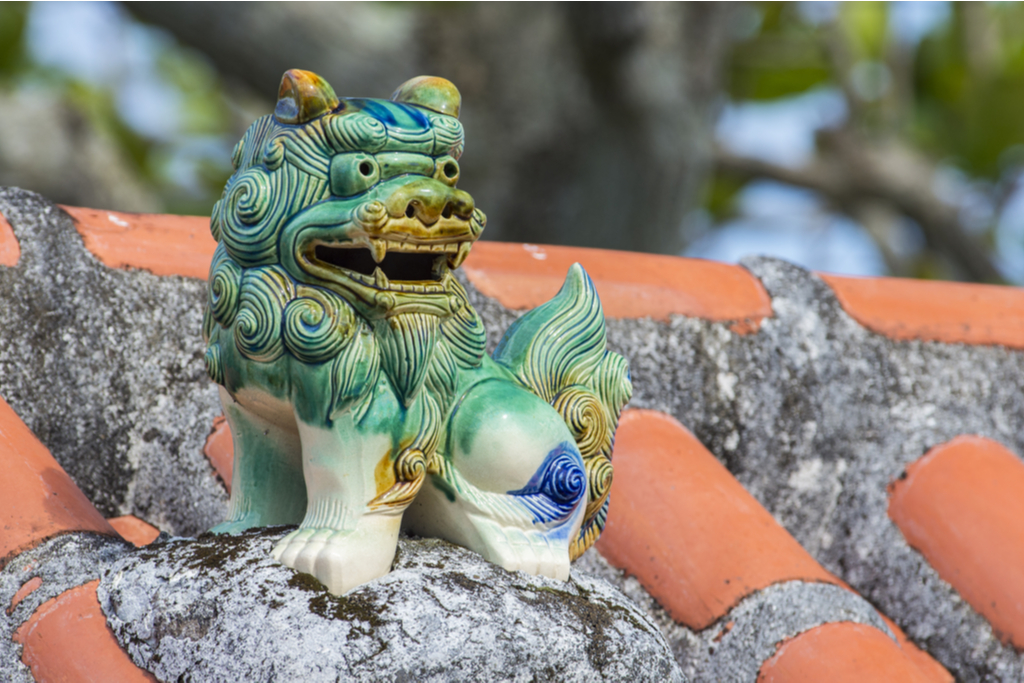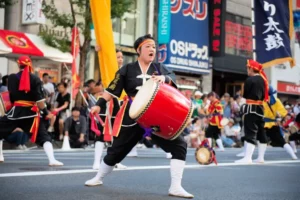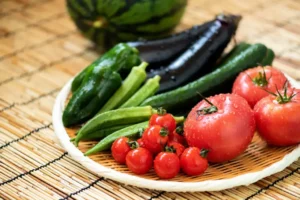Table of Contents
ToggleFamous for its gorgeous beaches, Okinawa is the southernmost prefecture and is located within the Ryukyu islands.
For 450 years, it was the independent Kingdom of Ryukyu and only officially became the Prefecture of Okinawa in 1879. Linguistically and culturally separate from mainland Japan, the indigenous population, the Ryukyu People, continue to play an integral role in the unique ancestral and culinary traditions of the islands.

Shisa: Guardian Lions
Walk around anywhere in Okinawa and you are guaranteed to encounter shisa, also known as shi-shi (lion) in the local language, which are guardian lion statues found all across the islands. They are believed to provide protection and often sit outside by the entryway to buildings, including shrines, hospitals, schools, companies, and private houses. Always in pairs, the female lion is closed-mouthed to keep in the good spirits, while the male lion is open-mouthed to scare away the evil spirits.
The shisa have certainly been doing a good job given that the prefecture lays claim to the highest rate of centenarians in the world. Japan is already world-renowned for the longevity of its citizens, but Okinawa’s impressively healthy senior population is a feat they credit to “yuimaru”, the spirit of helping one another, as well as the local diet.

Kakutou: Brown Sugar
One deliciously sweet part of this diet is the mineral-rich Okinawan brown sugar, kokutou, which is made by boiling sugarcane for hours to produce a rich dark syrup. The syrup is then dried out into blocks. Along with being a favorite choice for local bakeries, brown sugar in ginger tea is also a home remedy for colds and fatigue.

Beni Imo: Purple Sweet Potato
Another staple is beni imo, or purple sweet potato, which has a vibrant color and is rich in nutrients. A sweeter variety than its mainland cousin, the satsumaimo, beni imo is the star ingredient in one of the most popular souvenirs: beni imo tart.

Shikuwasa Citrus
And finally, a tropical island is always associated with an array of fresh fruits due to the long growing season. Okinawa is no different with a special variety of lime called shikuwasa. Packed full of vitamin C and antioxidants, this fruit features in everything from grilled meat, salad, and sashimi, to desserts and drinks.
This month, we are excited to bring you all three of these beautiful tropical flavors in our August box: Explore Okinawa









